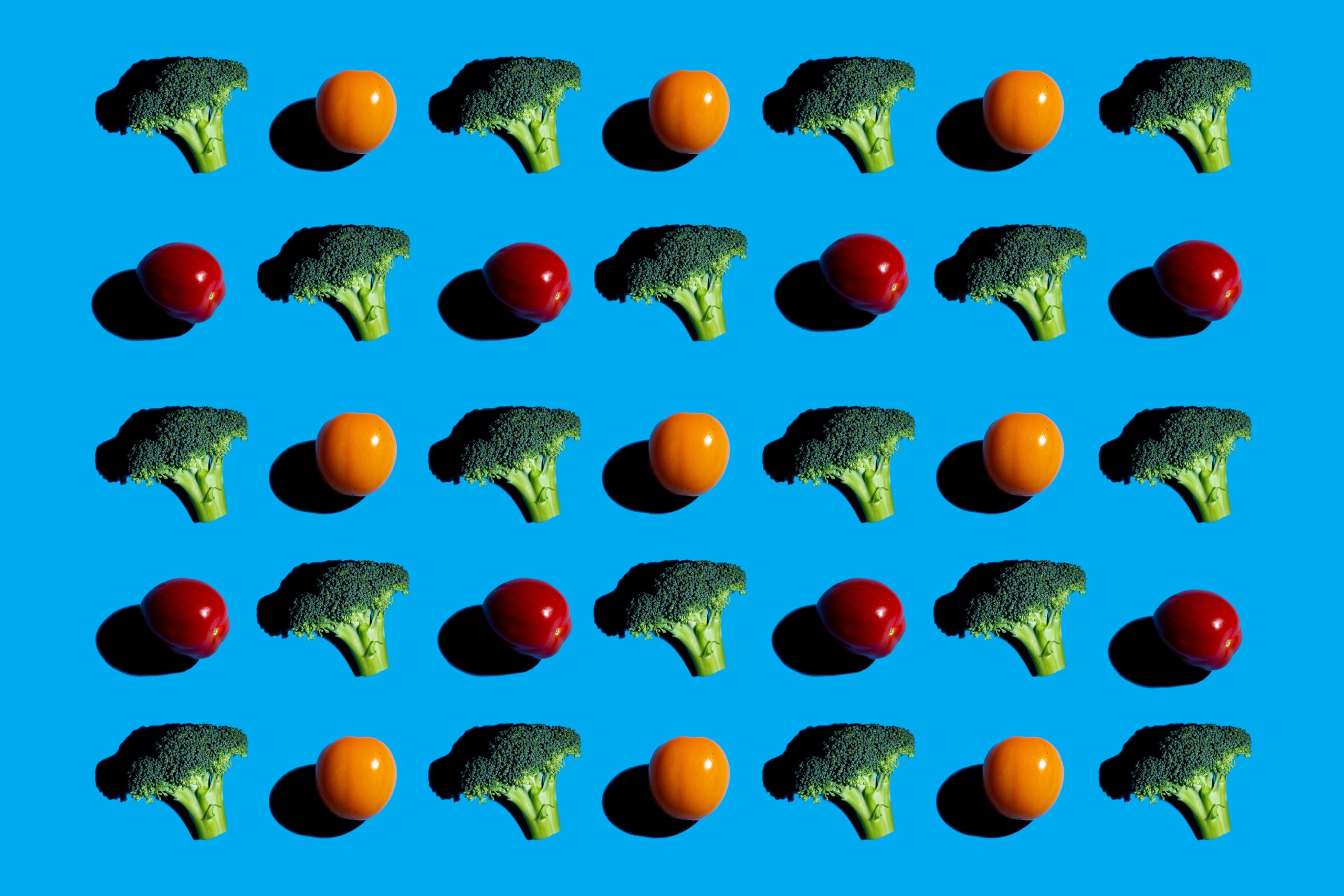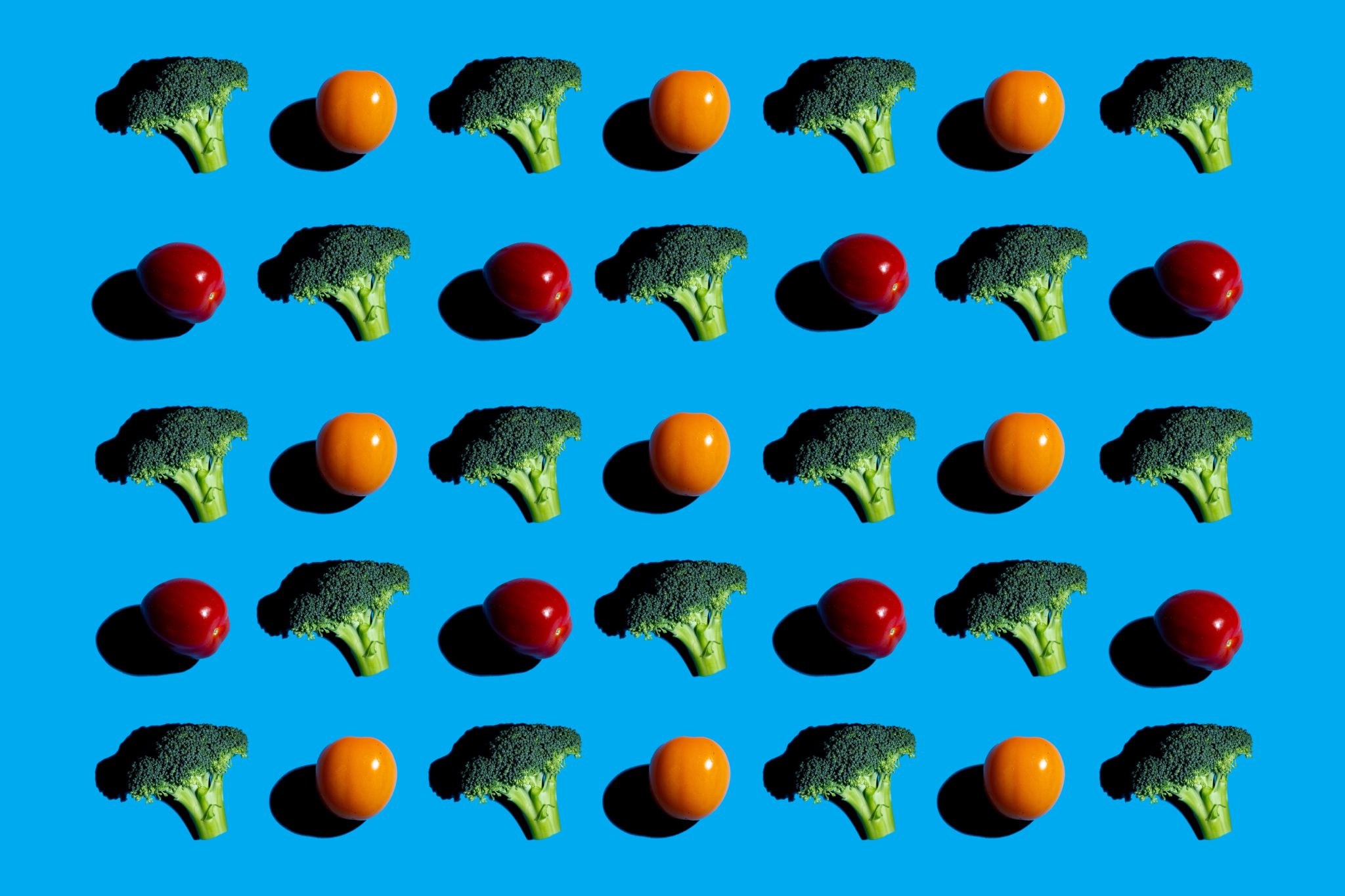Nauka
70% przypadków cukrzycy typu 2 jest związanych z wyborami żywieniowymi


Naukowcy szacują, że 7 na 10 przypadków cukrzycy typu 2 na całym świecie w 2018 roku jest związanych z wyborami żywieniowymi. Źródło: Alonso Nichols/Tufts University
W jednym badaniu ustalono korelację między złą dietą a 14 milionami przypadków cukrzycy typu 2 na całym świecie.
Według modelu badawczego opracowanego przez Friedman School of Nutrition Science and Policy na Uniwersytecie Tufts, zła dieta była istotnym czynnikiem rozwoju ponad 14,1 miliona przypadków cukrzycy typu 2 w 184 krajach w 2018 roku. ponad 70% wszystkich nowe diagnozy na całym świecie.
Badanie, opublikowane 17 kwietnia w Medycyna Naturyoferuje cenny wgląd w czynniki dietetyczne odpowiedzialne za obciążenie cukrzycą typu 2 w poszczególnych regionach, na podstawie analizy danych z lat 1990-2018.
Spośród 11 branych pod uwagę czynników dietetycznych trzy przyczyniły się znacząco do wzrostu globalnej częstości występowania cukrzycy typu 2: niewystarczające spożycie produktów pełnoziarnistych, nadmiar rafinowanego ryżu i pszenicy oraz nadmierne spożycie przetworzonego mięsa. Czynniki takie jak picie zbyt dużej ilości soków owocowych i spożywanie niewystarczającej ilości nieskrobiowych warzyw, orzechów lub nasion miały mniejszy wpływ na nowe przypadki choroby.
„Nasze badanie sugeruje, że niska jakość węglowodanów jest główną przyczyną cukrzycy typu 2, którą można przypisać diecie na całym świecie, z istotnymi różnicami w zależności od kraju i czasu” – mówi starszy autor Dariush Mozaffarian, profesor żywienia Jean Mayer i dziekan ds. szkole Friedmana. . „Te nowe odkrycia ujawniają kluczowe obszary, w których należy skupić się na poziomie krajowym i globalnym, aby poprawić odżywianie i zmniejszyć niszczycielskie obciążenie cukrzycą”.
Cukrzyca typu 2 charakteryzuje się odpornością komórek organizmu na[{” attribute=””>insulin. Of the 184 countries included in the Nature Medicine study, all saw an increase in type 2 diabetes cases between 1990 and 2018, representing a growing burden on individuals, families, and healthcare systems.
The research team based their model on information from the Global Dietary Database, along with population demographics from multiple sources, global type 2 diabetes incidence estimates, and data on how food choices impact people living with obesity and type 2 diabetes from multiple published papers.
The analysis revealed that poor diet is causing a larger proportion of total type 2 diabetes incidence in men versus women, in younger versus older adults, and in urban versus rural residents at the global level.
Regionally, Central and Eastern Europe and Central Asia —particularly in Poland and Russia, where diets tend to be rich in red meat, processed meat, and potatoes —had the greatest number of type 2 diabetes cases linked to diet. Incidence was also high in Latin America and the Caribbean, especially in Colombia and Mexico, which was credited to high consumption of sugary drinks, processed meat, and low intake of whole grains.
Regions, where diet had less of an impact on type 2 diabetes cases, included South Asia and Sub-Saharan Africa —though the largest increases in type 2 diabetes due to poor diet between 1990 and 2018 were observed in Sub-Saharan Africa. Of the 30 most populated countries studied, India, Nigeria, and Ethiopia had the fewest case of type 2 diabetes related to unhealthy eating.
“Left unchecked and with incidence only projected to rise, type 2 diabetes will continue to impact population health, economic productivity, health care system capacity, and drive health inequities worldwide,” says first author Meghan O’Hearn. She conducted this research while a Ph.D. candidate at the Friedman School and currently works as Impact Director for Food Systems for the Future, a non-profit institute and for-profit fund that enables innovative food and agriculture enterprises to measurably improve nutrition outcomes for underserved and low-income communities. “These findings can help inform nutritional priorities for clinicians, policymakers, and private sector actors as they encourage healthier dietary choices that address this global epidemic.”
Other recent studies have estimated that 40% of type 2 diabetes cases globally are attributed to suboptimal diet, lower than the 70% reported in the Nature Medicine paper. The research team attributes this to the new information in their analysis, such as the first-ever inclusion of refined grains, which was one of the top contributors to diabetes burdens; and updated data on dietary habits based on national individual-level dietary surveys, rather than agricultural estimates. The investigators also note that they presented the uncertainty of these new estimates, which can continue to be refined as new data emerges.
Reference: “Incident type 2 diabetes attributable to suboptimal diet in 184 countries” by Meghan O’Hearn, Laura Lara-Castor, Frederick Cudhea, Victoria Miller, Julia Reedy, Peilin Shi, Jianyi Zhang, John B. Wong, Christina D. Economos, Renata Micha, Dariush Mozaffarian and Global Dietary Database, 17 April 2023, Nature Medicine.
DOI: 10.1038/s41591-023-02278-8
The study was funded by the Bill and Melinda Gates Foundation.

„Piwny maniak. Odkrywca. Nieuleczalny rozwiązywacz problemów. Podróżujący ninja. Pionier zombie. Amatorski twórca. Oddany orędownik mediów społecznościowych.”
